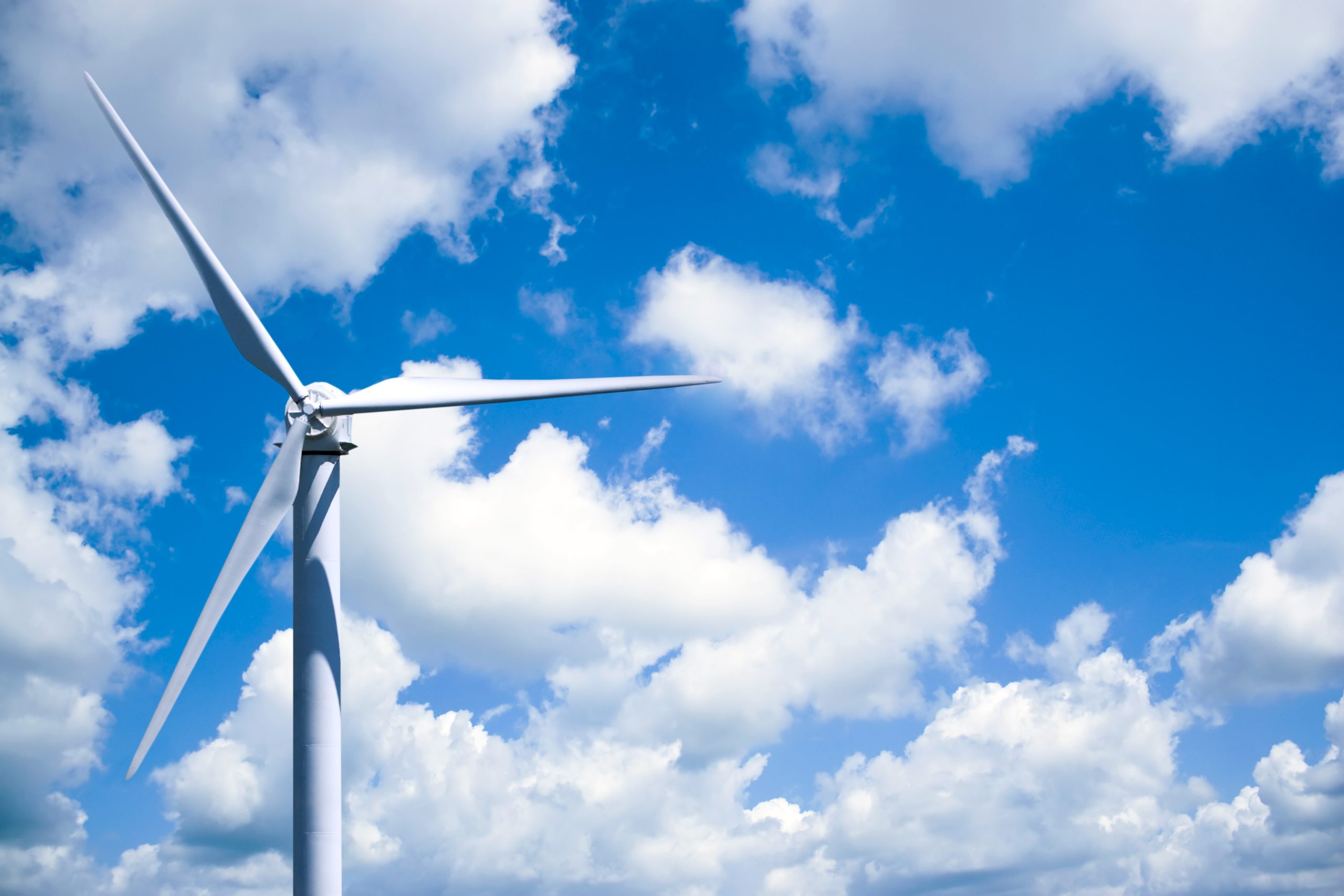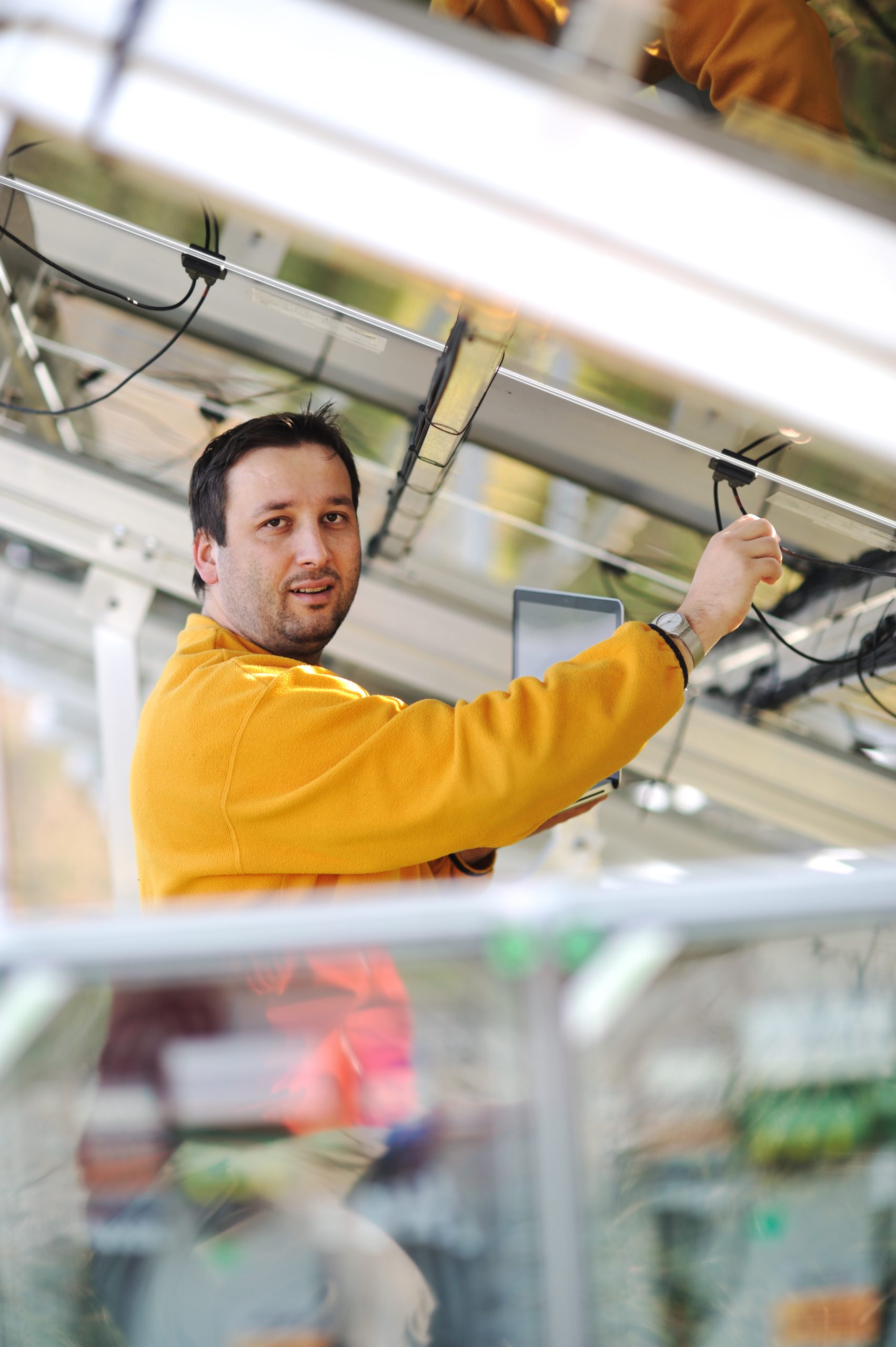Introduction to DIY Solar Power Systems
Solar power is a renewable energy source that has become increasingly popular in recent years. With the rise of climate change awareness and concerns about environmental sustainability, many people are looking for ways to reduce their carbon footprint and live more eco-friendly lives. One way to do this is by installing your own DIY solar system at home. In this article, we’ll explore everything you need to know about how to install your own DIY solar system (and save money).
The Benefits of Using Renewable Energy Sources
There are several benefits to using renewable energy sources like solar power. First and foremost, it’s an environmentally friendly option that reduces our reliance on fossil fuels and helps combat climate change. Additionally, solar power can help lower your electricity bills over time, as once the initial investment of installation is made, there are no ongoing costs associated with generating electricity from sunlight. Finally, solar panels have a long lifespan, typically lasting between 25-30 years, meaning they will continue to provide clean energy for decades to come.
How Expensive is Solar Power Really?
While installing a DIY solar system may require an upfront cost, it’s important to consider the long-term savings that come along with it. The average cost of installing a residential solar panel system in the United States ranges from $10,000-$20,000, depending on factors such as location, size of the system, and equipment used. However, many states offer tax credits or rebates for those who choose to go solar, which can significantly offset the initial cost. Additionally, the cost of solar panels has decreased dramatically over the past decade, making them more affordable than ever before.
Choosing the Best Solar Power Generator for Your Needs
When choosing a solar power generator, there are several things to consider. First, determine what type of solar panel you want – monocrystalline, polycrystalline, or thin film. Monocrystalline panels are generally considered the most efficient but also tend to be the most expensive. Polycrystalline panels are slightly less efficient but still effective and more affordable. Thin film panels are the least efficient but also the most lightweight and flexible, making them ideal for certain applications.

Can You Install Your Own Solar Panels?

Yes! While some people opt to hire professionals to install their solar panels, many others choose to take on the project themselves. There are numerous online resources available offering step-by-step instructions on how to install your own DIY solar system. Keep in mind that while installing your own solar panels can save you money, it does require some technical knowledge and skill. If you’re not comfortable tackling the project yourself, it’s always best to consult with a professional installer.
Tips for Maximizing Battery Life and Charging Time
One key consideration when installing a DIY solar system is maximizing battery life and charging time. Here are a few tips:
Use high-quality batteries designed specifically for solar use
Avoid exposing batteries to extreme temperatures or direct sunlight
Regularly monitor and maintain your batteries to ensure optimal performance
Consider adding additional batteries to increase capacity and extend usage time
Conclusion
Installing your own DIY solar system can be a rewarding and cost-effective way to generate clean energy and reduce your carbon footprint. By considering the various factors involved in selecting a solar power generator, properly installing your own solar panels, and maximizing battery life and charging time, you can create a customized solar solution that meets your specific needs and saves you money in the long run.
Leave a Reply